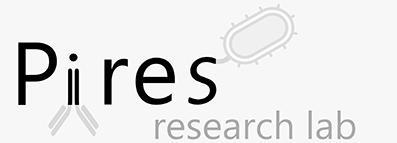Wehr J, Sikorski E, Bloch E, Feigman M, Ferraro N, Baybutt T, Snook A, Pires M, Thévenin D. pH-Dependent Grafting of Cancer Cells with Antigenic Epitopes Promotes Selective Antibody-Mediated Cytotoxicity. J Med Chem. 2020;63(7):3713–3722. doi:10.1021/acs.jmedchem.0c00016
A growing class of immunotherapeutics work by redirecting components of the immune system to recognize markers on the surface of cancer cells. However, such modalities will remain confined to a relatively small subgroup of patients because of the lack of universal targetable tumor biomarkers among all patients. Here, we designed a unique class of agents that exploit the inherent acidity of solid tumors to selectively graft cancer cells with immuno-engager epitopes. Our targeting approach is based on pHLIP, a unique peptide that selectively targets tumors by anchoring to cancer cell surfaces in a pH-dependent manner. We established that pHLIP-antigen conjugates trigger the recruitment of antibodies to the surface of cancer cells and induce cytotoxicity by peripheral blood mononuclear and engineered NK cells. These results indicate that these agents have the potential to be applicable to treating a wide range of solid tumors and to circumvent problems associated with narrow windows of selectivity.
